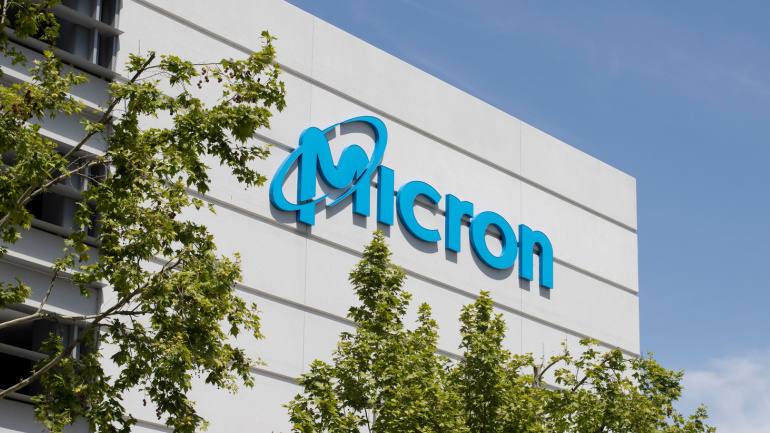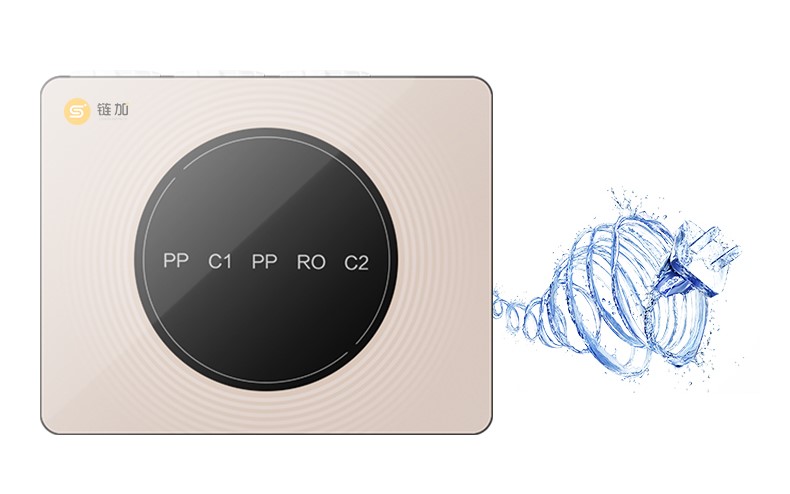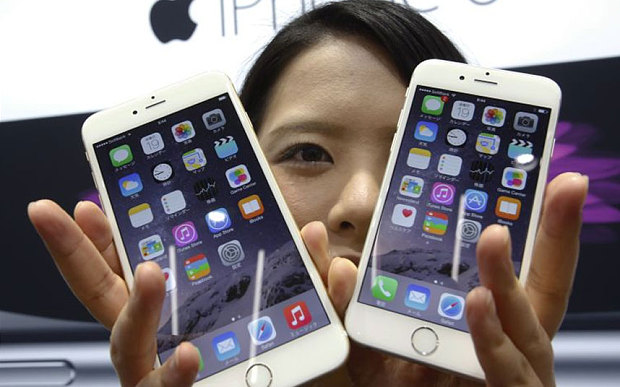The unveiling of Apple’s four new iPhone models sparked a surprising underwhelm in the tech community. Meanwhile, debates rose regarding China’s nimble navigation around US tech embargoes, especially regarding iPhone use. No less intriguing were the discussions around Open RAN – tech pioneers revisited this initiative with the UK’s recent efforts to regain Open RAN momentum.
In an unprecedented move, China has taken decisive action against personal data breaches, closing a staggering number of cases while also unveiling draft laws to regulate facial recognition technology. Over the past three years, Chinese law enforcement has effectively shut down 36,000 instances of personal data violations, leading to the detention of 64,000 suspects, as per the Ministry of Public Security. These efforts are part of a broader initiative launched in 2020 to govern online activities, resulting in the seizure of more than 30 million SIM cards and 300 million “illegal” internet accounts.
GSMA welcomes China Mobile, China Telecom, and China Unicom to the Open Gateway initiative, aiming to enhance services and boost 5G connectivity through API-driven single access points. Collaboration between operators, developers, and cloud providers promises new opportunities and transformative benefits.
China Telecom invests $434 million in a new quantum computing division, joining the growing list of telcos exploring this revolutionary technology’s potential benefits and risks to secure a position in the emerging sector.
China sanctions US chipmaker Micron citing national security concerns, escalating tensions between the two nations. With implications for the IT and telecom sectors, alternatives may emerge from market leaders, fueling ongoing retaliation. How will this play out in the tech industry?
China Mobile and Ericsson have announced the launch of two energy-efficient 5G sites in China as part of their efforts to conserve energy and reduce carbon emissions. The Ericsson Smart Site offers new levels of quality assurance, the intelligent administration of various energy sources, full-stack real-time monitoring, and intelligent energy and service synergy. The initial facility, located in Jiangsu Province, runs on the 700MHz frequency and emits no carbon dioxide. The second facility, in Guangdong, operates on the 2.6GHz frequency. Both locations employ Ericsson’s power system, which optimizes the usage of energy from solar, grid and battery sources to provide the most energy-efficient operation possible. The systems also include remote management capabilities using Ericsson Network Manager. Energy conservation and renewable energy have become major technology trends in China. As China continues to prioritize energy conservation and carbon emission reduction, the partnership between China Mobile and Ericsson is well-positioned…
China Mobile, one of the largest state-owned telecommunications companies in that country, has designed a water purifying device powered by blockchain, thus making an explicit statement that blockchain technology is not something extraneous and out of this world, but is a beneficial high-tech solution that may be advantageously applied to ordinary household appliances. The Product Market Director at China Mobile IoT, Xiao Yi, stated: “Our goal is to also attract those who are not in the cryptocurrency or blockchain community, who may have heard of this technology but not necessarily understand it. To embrace a more mainstream adoption, we need to turn something that appears professional into something that’s very ordinary.” The Internet of Things (IoT) division within the company has developed a product with a built-in computing chip and an IoT module. This innovative gadget collects applicable user data related to consumer behaviour habits and shares it…
According to a recent report from The Intercept, Google is planning to relaunch its search engine in China, meeting all the Chinese government’s censorship requirements. Back in 2010, the Internet giant withdrew its services from China due to strict censorship. Now Google is clawing its way back into the world’s largest Internet market, with a censored version of their search engine under the codename “Dragonfly”. The first platform to be developed is an Android app that is expected to be finalized in the upcoming six to nine months, claims The Intercept. The appeal of 750 million Internet users would be quite tempting to anyone, yet this news about Google has been met with some negativity, and may be considered as showing support for the totalitarian regime in China. “This has very serious implications not just for China, but for all of us, for freedom of information and Internet freedom. It…
At the recent Sino-German Economic Forum, China Mobile and Nokia signed a one year framework agreement valued at 1.36 billion euro (9.927 billion yuan) to support the Chinese operator’s transition to 5G infrastructure, while maintaining seamless connectivity. Under this agreement, the Finnish corporation will be providing the Chinese telecom with cutting edge end-to-end technologies for the next generation network, in addition to mobile, fixed, IP routing, optical transport and customer experience management technologies along with their service expertise and support. The two companies have been in partnership since 1994, when Nokia supported the first GSM call on China Mobile’s network. In addition to collaborating on 5G, both companies are moving forward together and have agreed to conduct research and tests on artificial intelligence and machine learning. “This is a highly significant agreement with our longstanding partner that consolidates Nokia’s position as a leading provider of next-generation technologies and services in…
Apple recently sent a message to all developers of apps on iOS that are available on the Chinese App Store. They informed them that they had to remove a tool called Callkit, that allows to implement VoIP calls into their app. Any app that uses Callkit is refused by apple for the Chinese market. The message stated: “Recently, the Chinese Ministry of Industry and Information Technology (MIIT) requested that CallKit functionality be deactivated in all apps available on the China App Store.” Despite this announcement, VoIP is still allowed in China, but the ease of use of Callkit seems to be the issue. Some Human Rights activists suggest that even though China doesn’t want to officially ban VoIP, they want to make it more difficult to use. It is not the first time Apple had to comply with Chinese demands as they removed last year Microsoft’s Skype among other VoIP…













